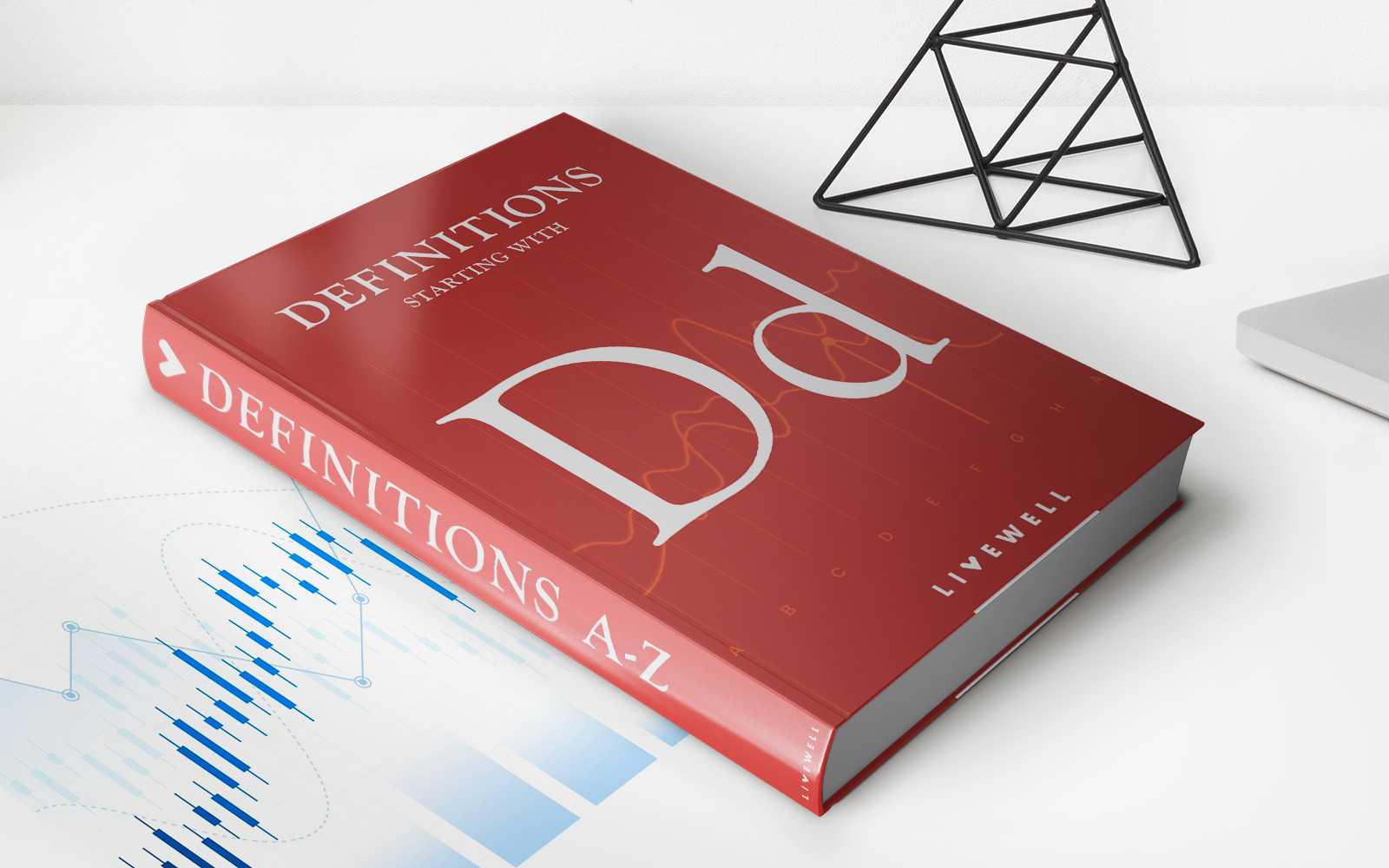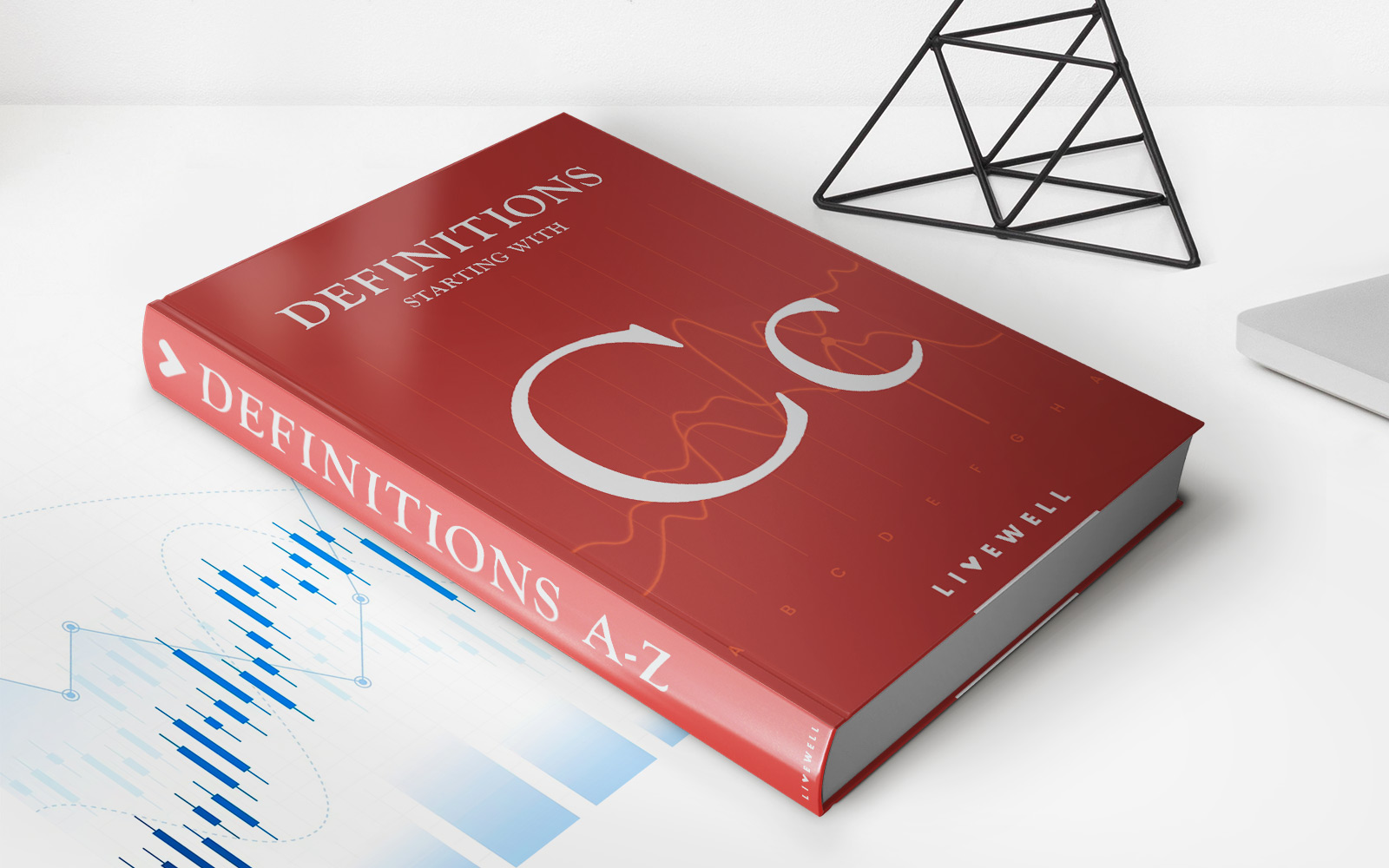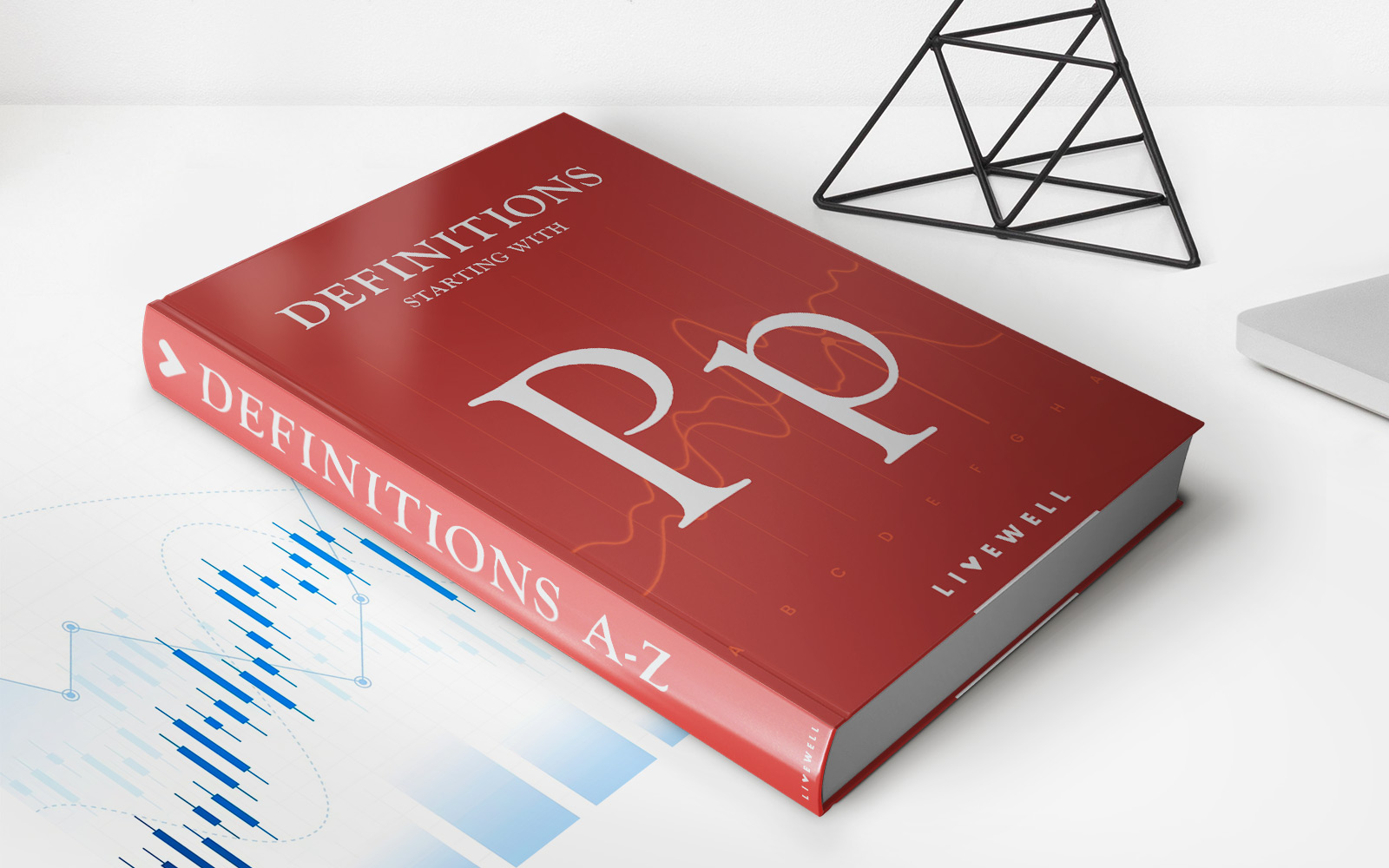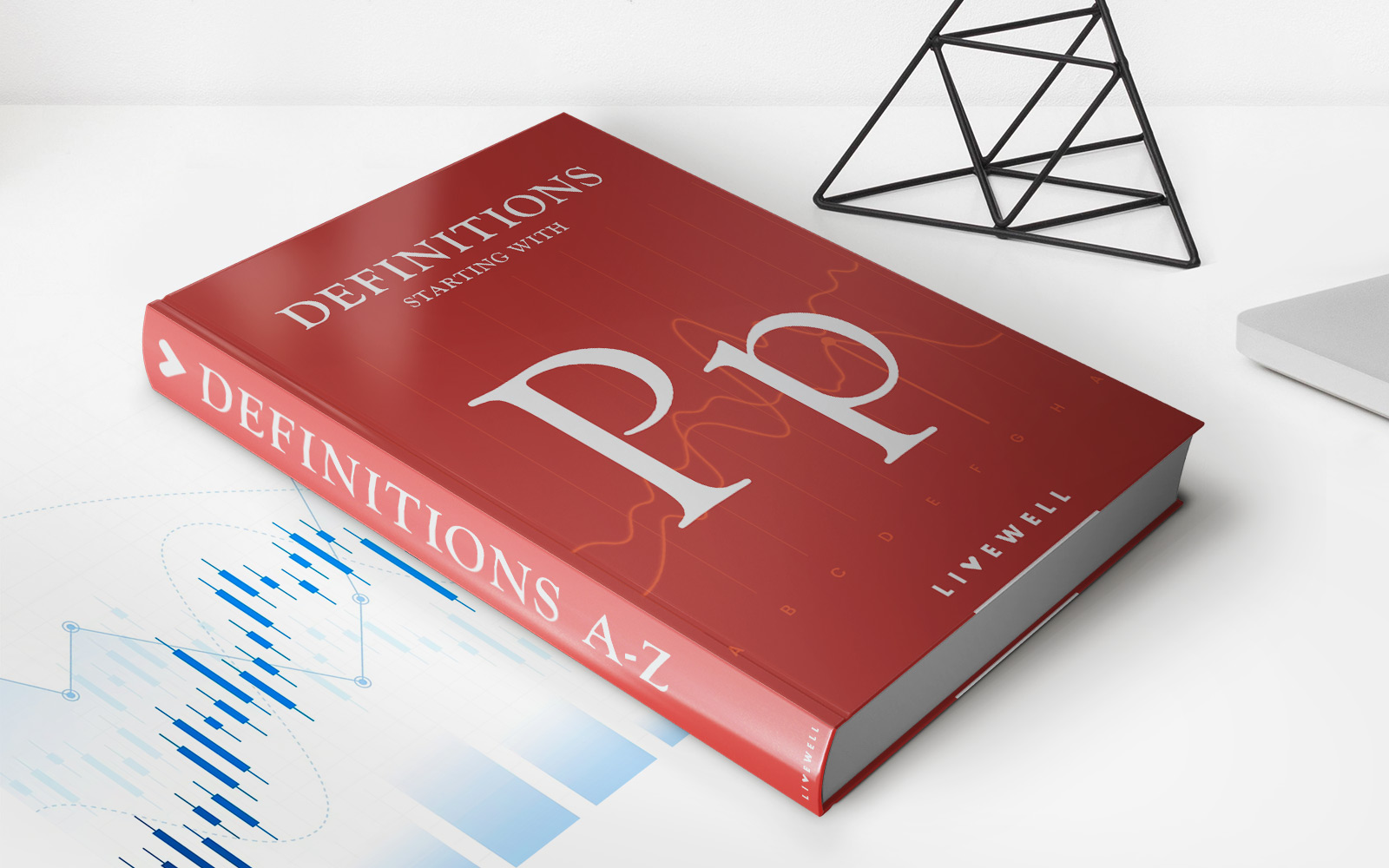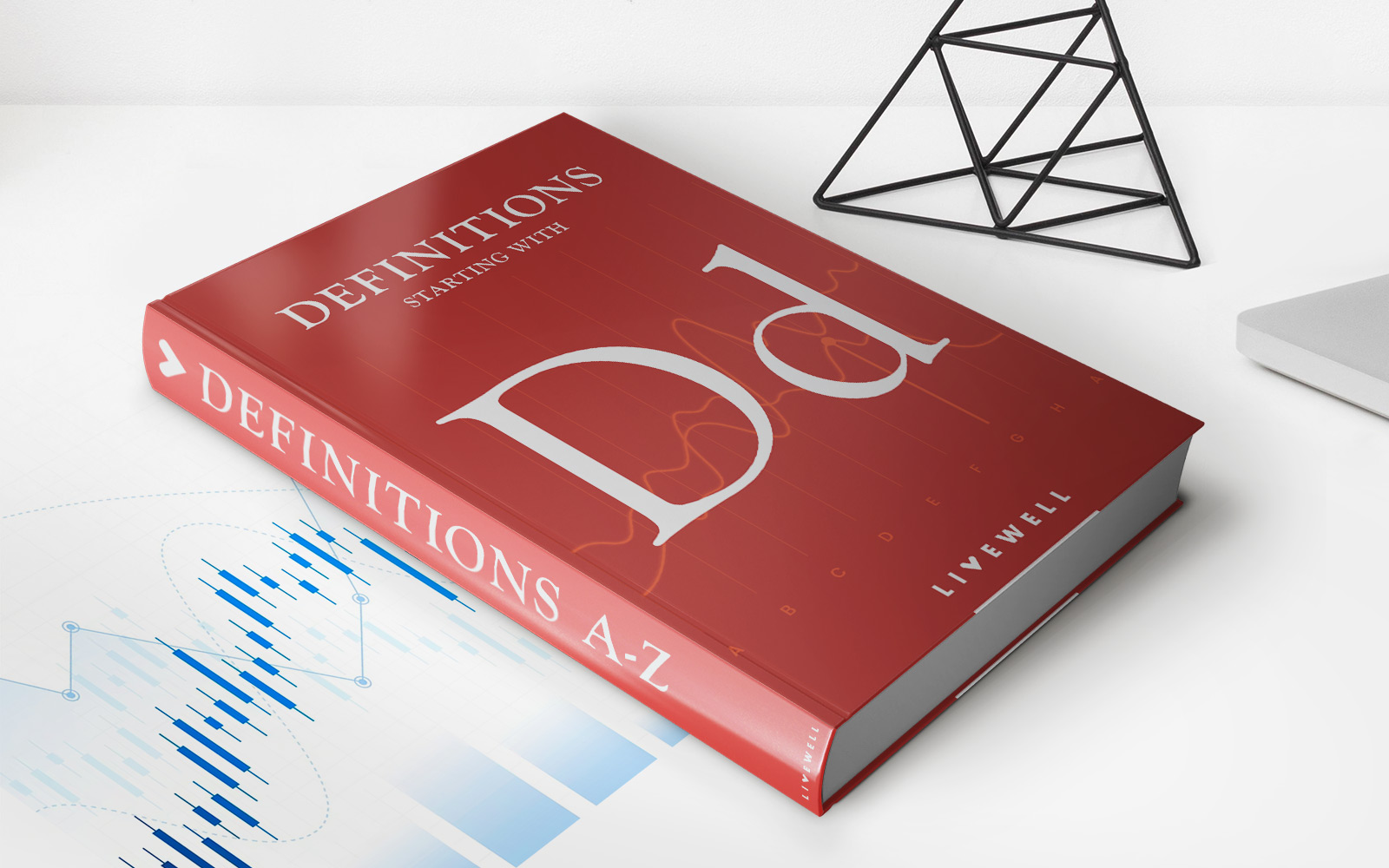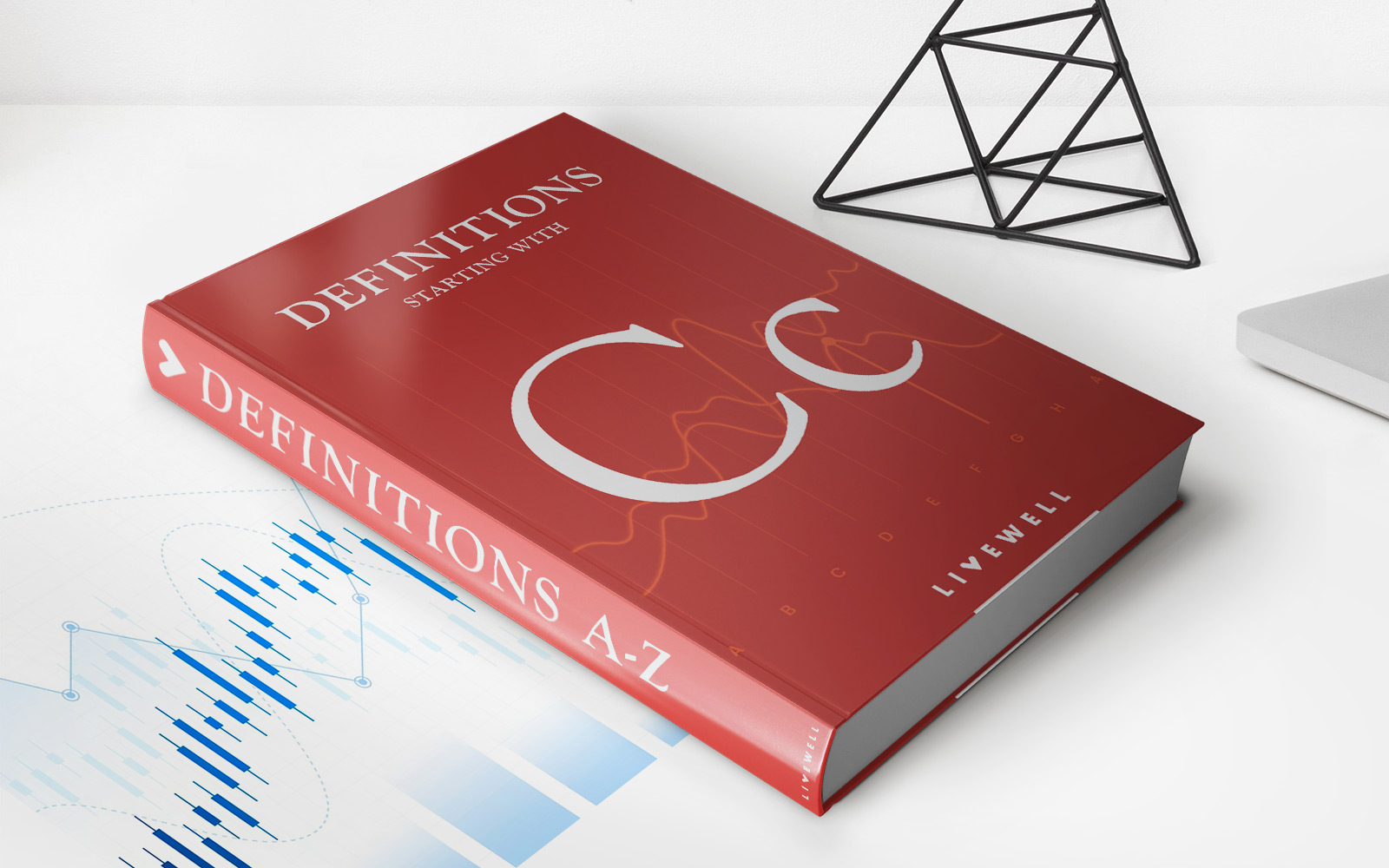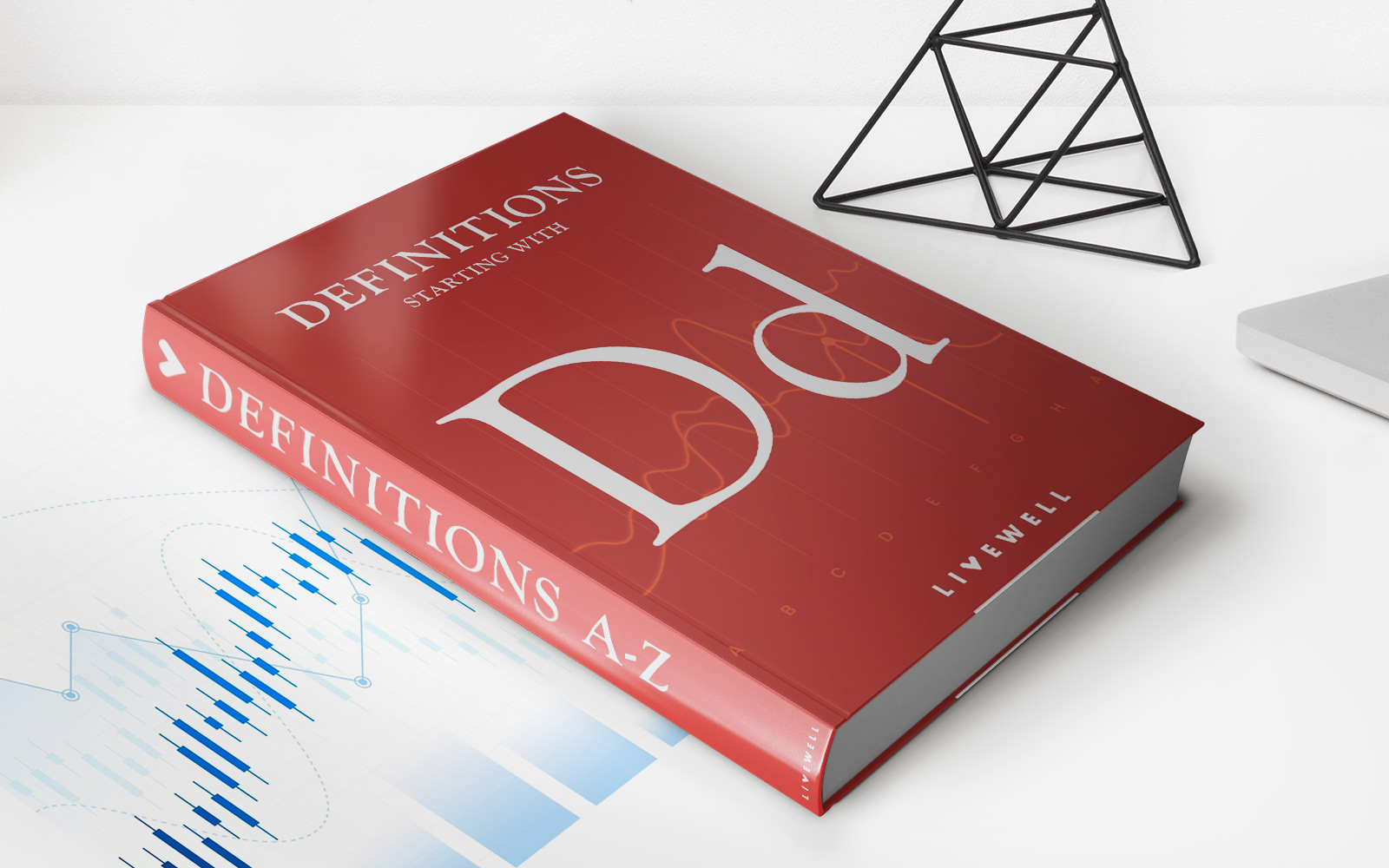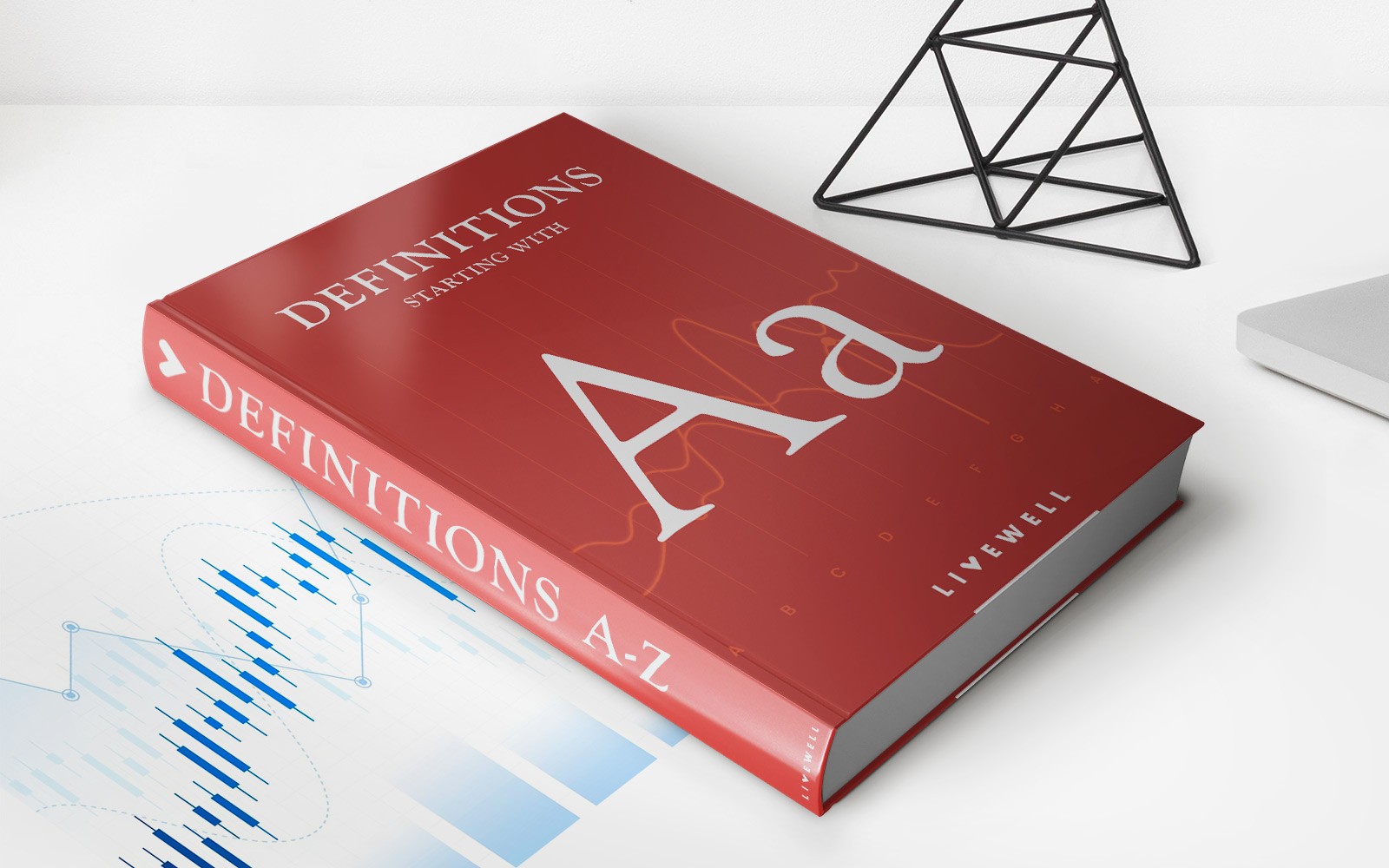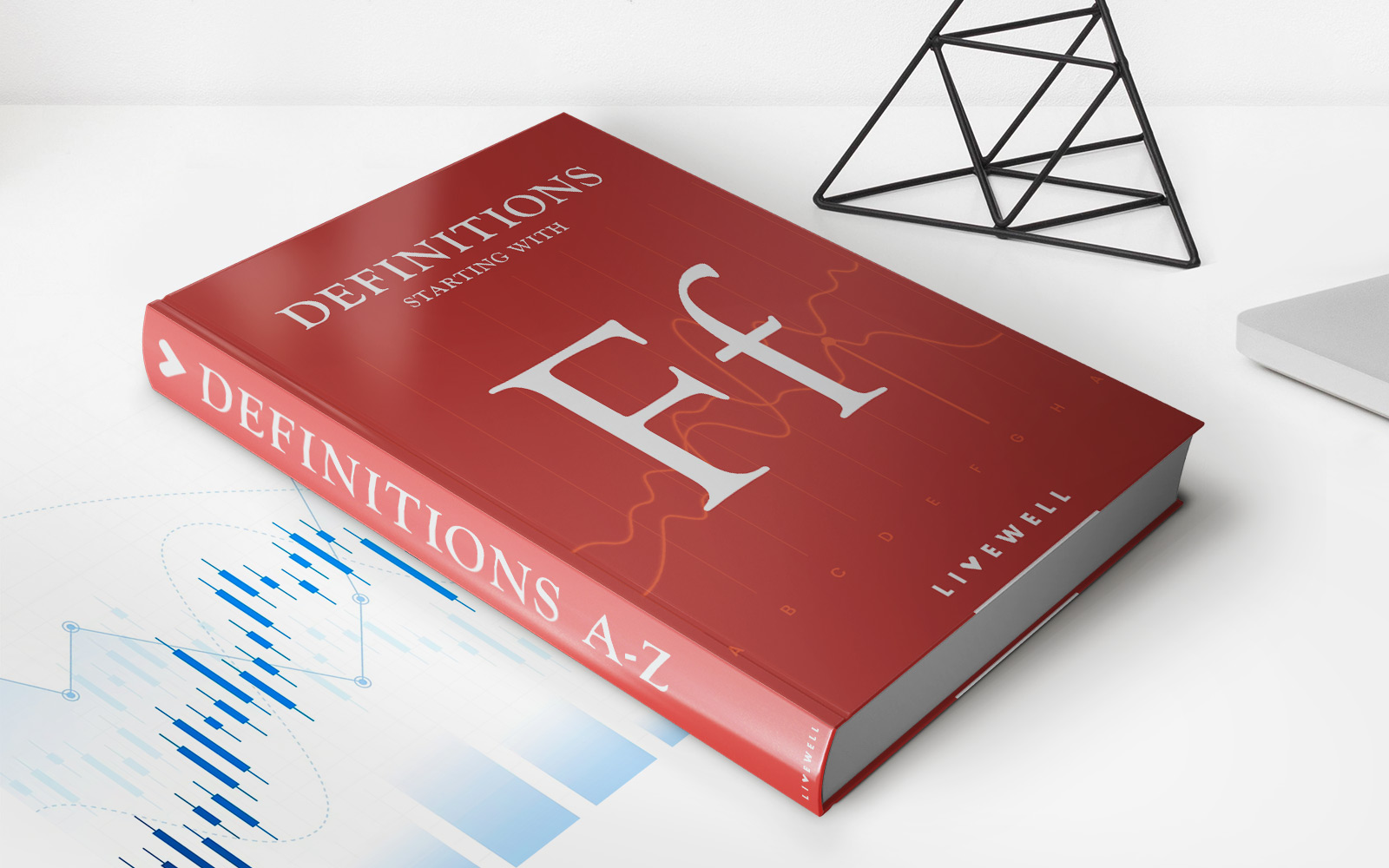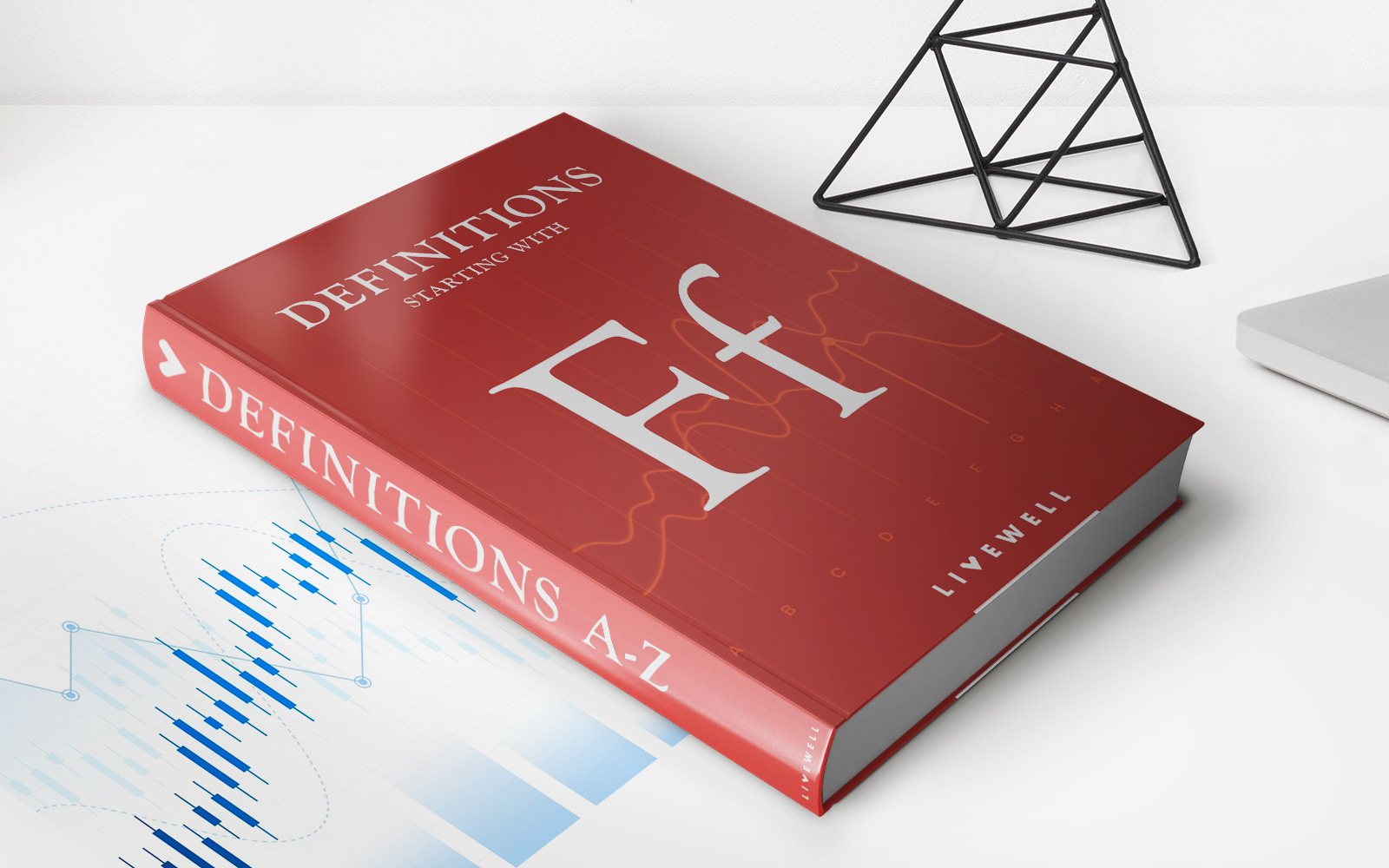Home>Finance>Depository Institutions Deregulation Committee-DIDC Definition
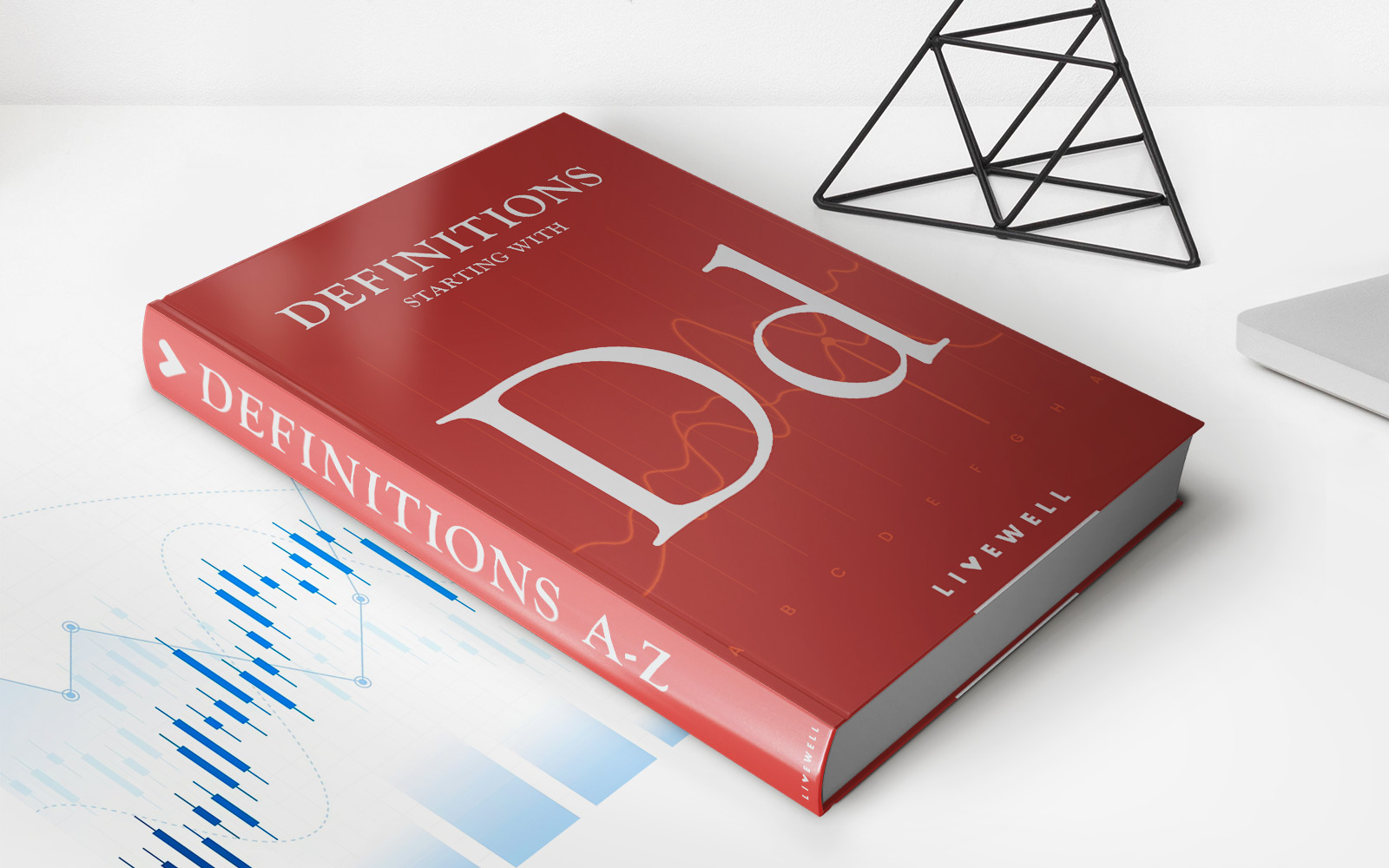

Finance
Depository Institutions Deregulation Committee-DIDC Definition
Published: November 10, 2023
Learn about the Depository Institutions Deregulation Committee (DIDC) and its role in finance. Discover how the DIDC influences regulations and promotes innovation in the financial industry.
(Many of the links in this article redirect to a specific reviewed product. Your purchase of these products through affiliate links helps to generate commission for LiveWell, at no extra cost. Learn more)
Understanding the Depository Institutions Deregulation Committee-DIDC Definition
When it comes to navigating the world of finance, there are various terms and acronyms that can be confusing or unfamiliar to many people. One such term is the Depository Institutions Deregulation Committee (DIDC), which plays a significant role in the financial industry. In this blog post, we will explore the DIDC definition, its purpose, and its impact on depository institutions.
Key Takeaways:
- The Depository Institutions Deregulation Committee (DIDC) was established in 1980.
- Its purpose is to monitor and regulate the activities of depository institutions, such as banks and credit unions.
What is the Depository Institutions Deregulation Committee (DIDC)?
The Depository Institutions Deregulation Committee (DIDC) is an entity that was established in 1980 as a part of the Depository Institutions Deregulation and Monetary Control Act. Its primary objective is to monitor and regulate the activities of depository institutions, including commercial banks, savings and loan associations, and credit unions.
The DIDC is composed of representatives from various federal agencies, including the Federal Reserve System, the Office of the Comptroller of the Currency, the Federal Deposit Insurance Corporation, and the National Credit Union Administration. Together, they work towards the common goal of overseeing and promoting the stability and efficiency of the depository institutions in the United States.
Through its regulatory authority, the DIDC has the power to establish regulations and guidelines for depository institutions in areas such as interest rates, lending practices, and capital requirements. These regulations aim to balance the need for stability in the financial system with the economic growth and development of the banking industry.
Impact of the DIDC on Depository Institutions
The regulations set by the DIDC have a significant impact on the operations of depository institutions. Here are a few ways in which the DIDC affects these institutions:
- Interest rates: The DIDC has the authority to regulate interest rates that depository institutions can offer. By setting limits and guidelines for interest rates, the DIDC aims to ensure fair and competitive lending practices while balancing the need for profitability and stability in the banking sector.
- Lending practices: The DIDC also monitors and regulates lending practices of depository institutions. This includes guidelines on loan approval criteria, disclosure requirements, and fair lending practices to protect consumers and maintain the integrity of the financial system.
- Capital requirements: Another aspect that the DIDC oversees is the capital requirements for depository institutions. By establishing capital adequacy guidelines, the DIDC aims to ensure that institutions have enough capital to manage risks and absorb potential losses, thereby promoting a safe and stable financial environment.
In Conclusion
The Depository Institutions Deregulation Committee (DIDC) is a crucial regulatory body that plays a significant role in overseeing depository institutions’ activities. By regulating areas such as interest rates, lending practices, and capital requirements, the DIDC aims to maintain stability in the financial system while promoting economic growth in the banking industry.
Understanding the DIDC definition and its impact can provide valuable insights into the regulatory framework that governs depository institutions. By staying informed about these regulations, individuals and businesses can make better-informed financial decisions and navigate the financial landscape with confidence.
